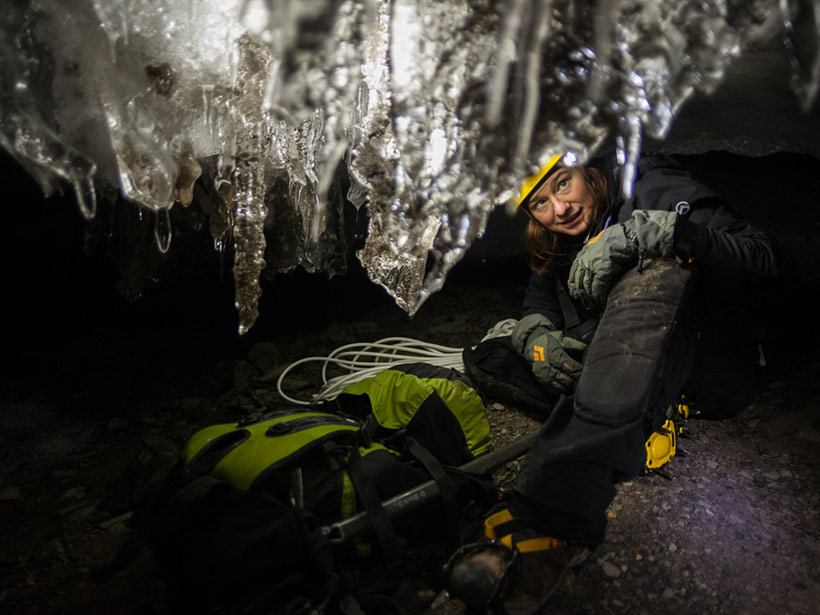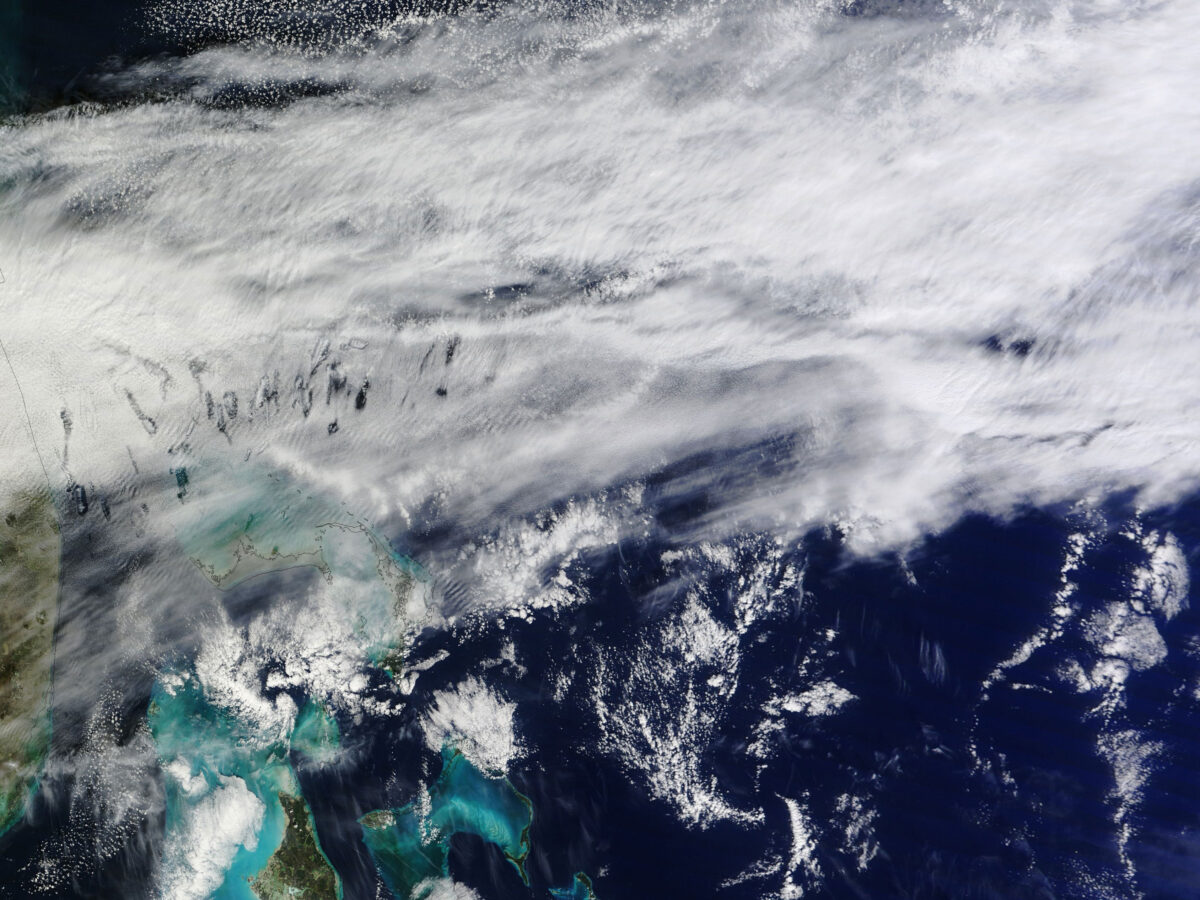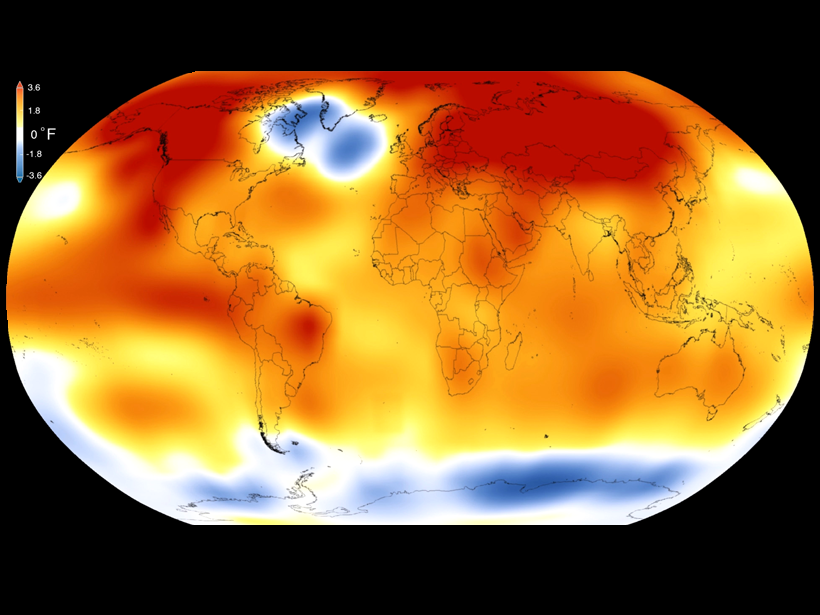When science can show that the poorest among us are suffering first and worst from human-induced climate change, religions can motivate people of faith to care and to act.
CC BY-NC-ND 2016
Into the Belly of a Glacier
Ice caving started as a weekend hobby but has now blossomed into a portion of graduate student Kiya Riverman's Ph.D. research.
Improving the Identification of Extreme Precipitation Trends in the U.S.
By greatly reducing the associated uncertainty, a new model is better able to discern statistically significant trends, offering the potential to improve the seasonal forecasting of rare events.
Villages Must Recalibrate Time to Survive in the Pamir Mountains
Scientists plan projects this year to help a rugged, troubled region of central Asia retune traditional timekeeping methods based on environmental cues in the face of climate change.
Icy Clouds May Counter Climate Warming Less Than Expected
A new analysis of cloud composition and behavior suggests that scientists have overestimated the ability of a type of mixed-phase ice-and-water cloud to mitigate climate change effects.
Senate Pushes USGS Director for More Action on Minerals, Hazards
Suzette Kimball also tells senators that innovation is the characteristic she hopes to nurture the most as USGS director.
Modeling the Effects of Clouds on Climate
New research investigates how mixed-phase cloud partitioning and cloud cover compensate each other in GCMs.
Researchers Attribute Human Influence on Climate Back to 1930s
A new study finds that humans likely have triggered the last 16 record-breaking hot years on Earth, up to 2014.
Controversial Pacts Aim for Dam Removals on Western U.S. River
New agreements regarding the Klamath River in Oregon and California would enable the largest U.S. dam removal project ever. Critics say water quality will suffer, decry hydropower loss.
Diversifying Skills and Promoting Teamwork in Science
Truly innovative research requires intellectually diverse teams of scientists who are encouraged to excel in the tasks where their talents lie.









